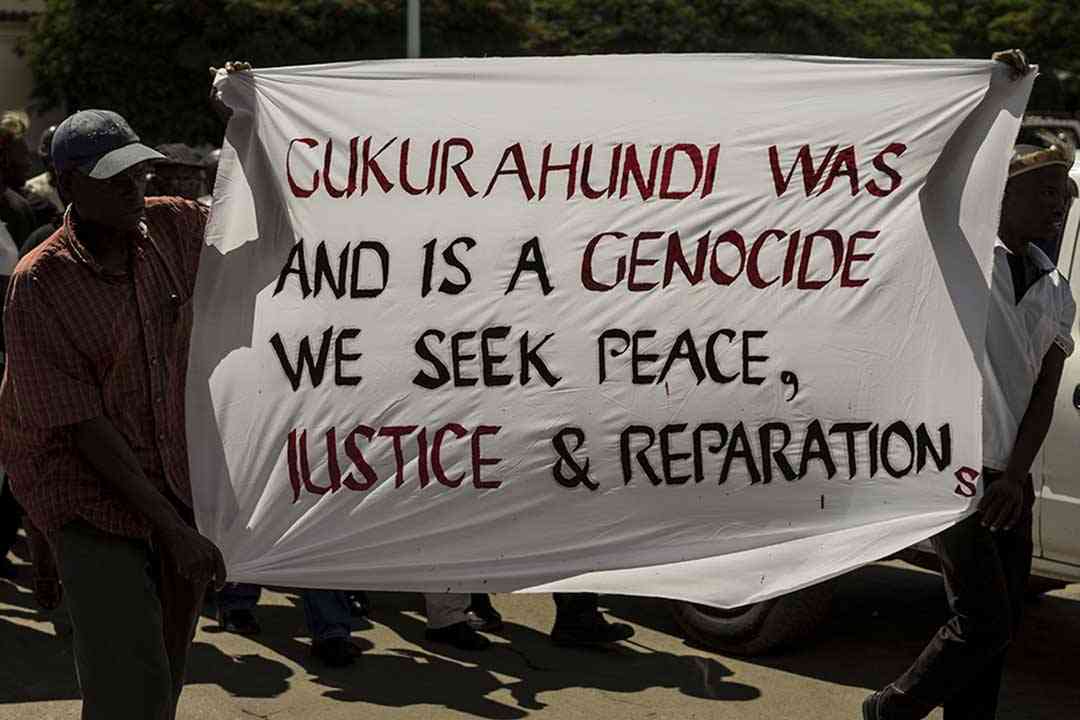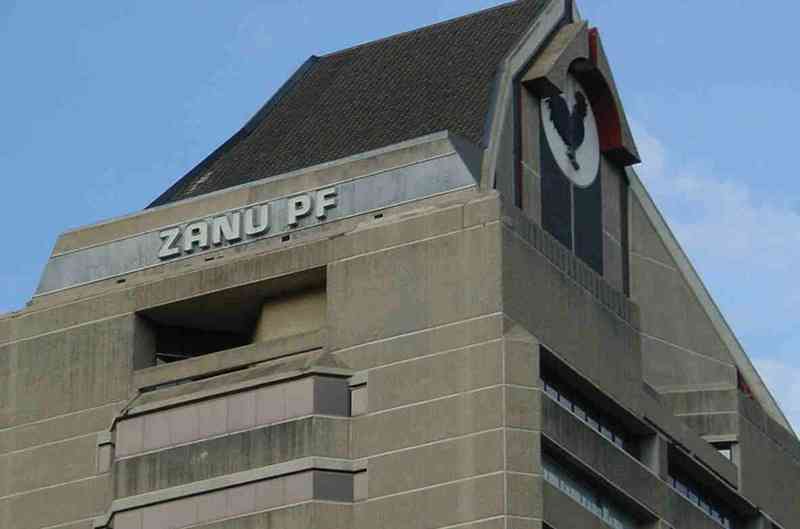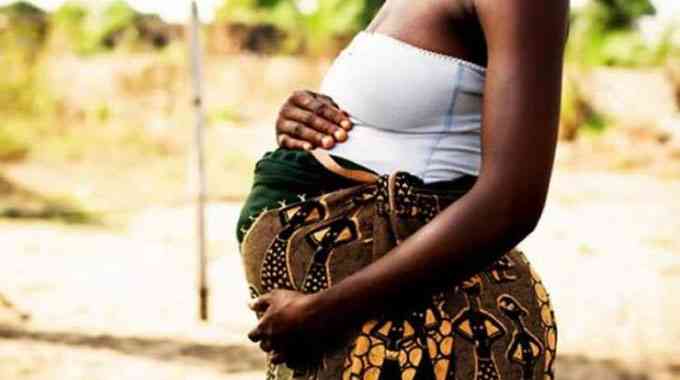
ZIMBABWE is facing a growing humanitarian emergency as the number of people projected to be food insecure during the 2025 peak hunger period is expected to nearly double to seven million.
According to a Unicef Zimbabwe humanitarian situation report, the figure is up from four million recorded in 2024.
The report said the multifaceted humanitarian crisis had been triggered by the El Niño-induced drought multiple public health emergencies, including cholera as well as worsening economic instability throughout 2024.
The public health outlook is equally dire.
As of April 30, 2025, the country had recorded 740 cholera cases and 20 deaths, with a case fatality rate of 2%.
“The main drivers of cholera and other diarrhoeal diseases remain poor access to safe water and inadequate sanitation coverage, particularly in informal settlements such as farming, fishing and artisanal mining communities,” the report read.
Unicef also noted a worrying increase in common diarrhoea cases, with 125 021 infections and 54 deaths reported by the end of April.
“There was also 7 588 dysentery and 60 suspected typhoid cases recorded since January 2025,” the report read.
- Malaria fight disrupted by COVID pandemic: WHO
- Malaria fight disrupted by COVID pandemic: WHO
- Co-operate to curb malaria, Mash West farmers urged
- Vaccines could be a game-changer in the fight against malaria in Africa
Keep Reading
Despite cholera cases being lower than the same period last year, health experts remain concerned about undiagnosed cases due to limited diagnostic capacity.
Malaria cases have also been on the rise, particularly in Manicaland, Mashonaland Central and Mashonaland West provinces, contributing to the worsening health crisis.
Zimbabwe’s education sector has also not been spared.
According to the Education Cluster Update, 92 schools were damaged since the onset of the rainy season.
“Most of the reported damage involves the roofs of classroom blocks and teachers’ cottages,” the update stated.
“Communities and local authorities are doing what they can to mitigate the impact of heavy rains and ensure the safety of students and teachers.”
There has also been a significant increase in school absenteeism and dropouts, largely due to hunger.
“Prepositioned emergency teaching and learning materials are being depleted rapidly, leaving a significant capacity gap in the national response to rain-induced school emergencies,” the report added.
In response, Unicef and its partners scaled up with a total number of 1 176 health workers including 611 women and 565 men having been trained in cholera surveillance, case management, and infection prevention and control.
Unicef is also expanding systematic programming to prevent malnutrition, particularly in the 18 most affected districts.
“There is a critical need to expand the coverage of programmes aimed at preventing all forms of malnutrition,” the report noted.
“This includes scaling up care groups and strengthening district food and nutrition security committees.
“We are continuing to provide technical support to districts to localise child protection in emergencies.”
In the education sector, Unicef has worked closely with the Primary and Secondary Education ministry to deploy temporary learning facilities, benefiting at least 280 students.










